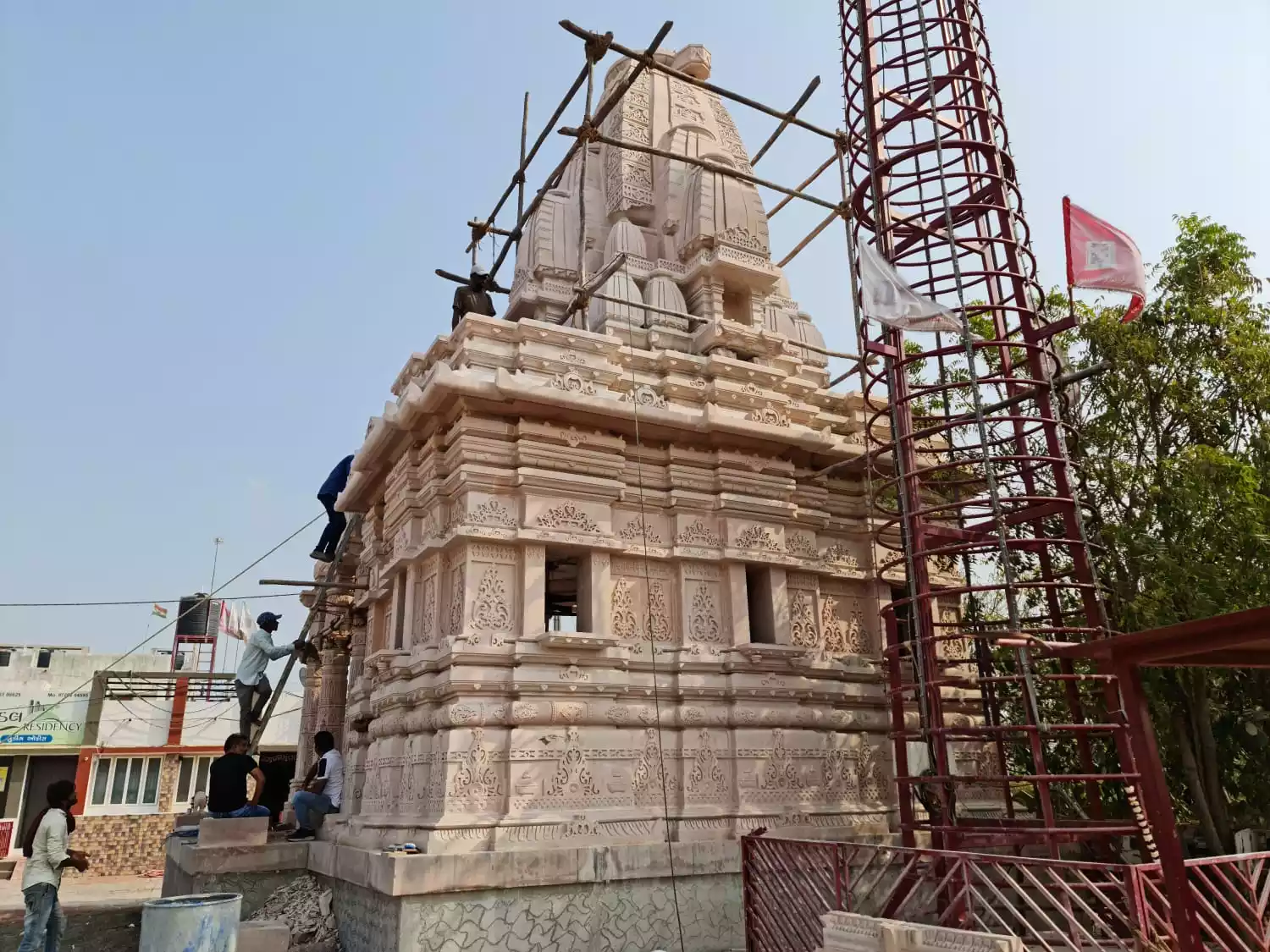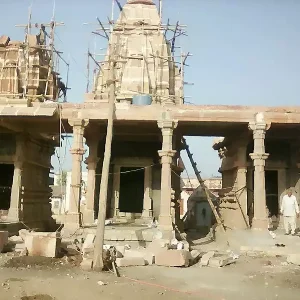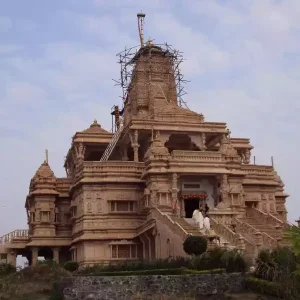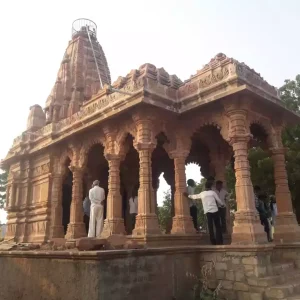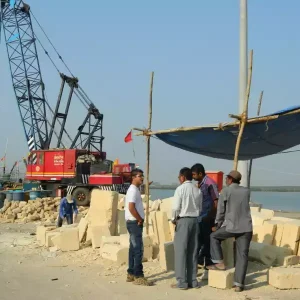Our design approach is to reconnect architecture with nature,
Reconnecting architecture with nature involves an approach to design that seeks to harmonize the built environment with the natural world. It recognizes the importance of integrating natural elements and principles into architectural concepts, creating spaces that are not only aesthetically pleasing but also sustainable and beneficial to both humans and the environment.
This design approach draws inspiration from nature’s inherent wisdom, efficiency and resilience. It aims to emulate biological forms, patterns and systems found in the natural world. By doing so, architects strive to create structures that blend seamlessly into their surroundings, enhancing the overall ecological balance.
Another important aspect is the design of the temples which connect with nature through their spatial configuration and layout. For example, Kundan Shilp architects prioritize natural landscape views, may introduce ample natural lighting and incorporate indoor-outdoor connectivity while blurring the boundaries between interior and exterior spaces. Such designs not only enhance the well-being of the occupants but also foster a deeper connection with the natural environment.
Overall, Reconnecting Architecture with Nature aims to create sustainable, eco-conscious designs that work in harmony with the natural world. By integrating principles derived from nature, such as biomimicry, sustainable materials, green space, and water management strategies, Kundan Shilp architects can contribute to creating healthier, more resilient, and aesthetically pleasing environments that foster a sustainable future .
Stone and Marble in Temple Construction
Stones and marble are preferred materials for temple construction due to their durability, aesthetic appeal, and cultural significance. They are known for their strength, longevity, and ability to withstand weathering, making them suitable for creating enduring structures like temples.
Various types of stones are used in temple construction, including granite, sandstone, limestone, marble, and basalt. The choice of stone depends on factors such as regional availability, aesthetic requirements, and architectural design considerations.
Stone offers several advantages in temple construction, such as its natural beauty, durability, resistance to fire, and low maintenance requirements. It can be intricately carved to create ornate architectural elements, enhancing the overall grandeur and visual appeal of the temple.
Marble is often used in temples for decorative purposes. It is known for its elegant appearance and can be used for sculpting statues, creating intricate carvings, and embellishing pillars and walls. Marble adds a touch of opulence and refinement to the temple’s interior and exterior spaces.
Stones and marble used in temple construction are typically sourced from quarries located in the vicinity of the construction site or from specific regions known for high-quality stone extraction. Expert stonemasons select and process the stone blocks to ensure they meet the required specifications.
Stones and marble in temples require periodic maintenance to preserve their beauty and structural integrity. Regular cleaning, polishing, and sealing of the surfaces are essential to prevent staining, weathering, and degradation. Additionally, repair or replacement of damaged stones may be necessary over time.
Stone’s natural qualities, such as its coolness, solidity, and timeless appearance, contribute to the spiritual ambiance of a temple. Its use creates a sense of permanence and stability, fostering a serene and sacred atmosphere conducive to worship and contemplation.
Yes, sustainable practices can be adopted in stone usage for temple construction. These include sourcing stone from responsible quarries that prioritize environmental conservation, employing efficient stone-cutting techniques to minimize waste, and considering the reuse of stones from older structures whenever feasible.
Yes, stones and marble can be combined with other materials to achieve specific architectural designs or functional requirements. For example, metals like brass or bronze may be used for decorative accents, wood can be utilized for structural elements or flooring, and glass may be incorporated for stained glass windows.
Yes, the choice and usage of stones in temple construction often hold cultural and religious significance. Certain stones may be considered auspicious or associated with specific deities or traditions. The selection and placement of stones in accordance with religious beliefs and architectural principles are essential considerations in temple design.

